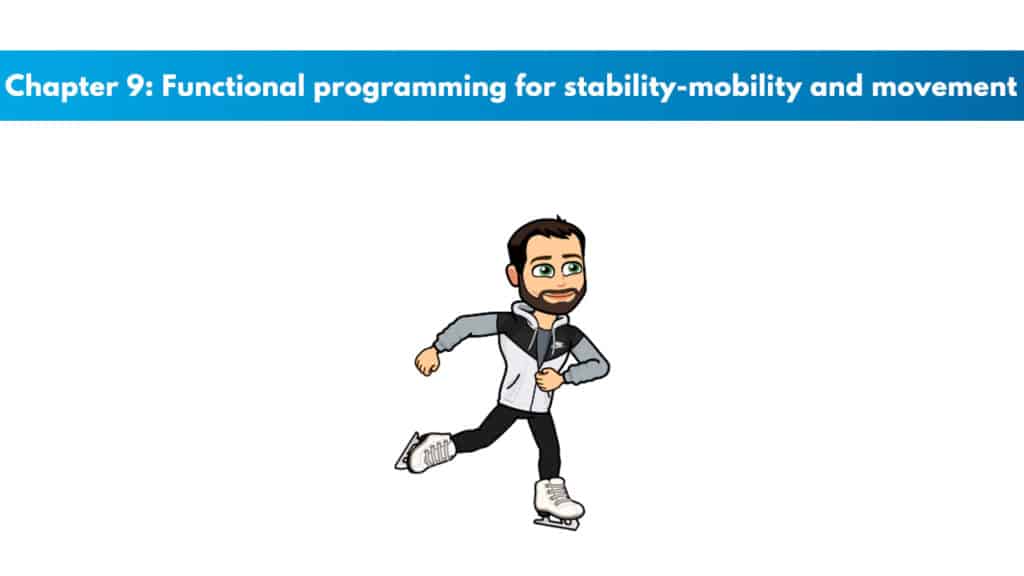
If you have not yet signed up for the ACE CPT certification, receive a big discount here.
Get your copy of the ACE CPT exam cheat sheet.
It helps immensely in your ability to study for the ACE test. This PDF printable one-page sheet gives you a breakdown of the skills and knowledge candidates need to pass the exam.
My PTP students report cutting their ACE study time and effort in half with Trainer Academy.
Benefit from the Exam Pass Guarantee and Retake Fee Guarantee. Plus, take advantage of my current discount code PTPJULY for 35% off the MVP Program (Ends July 14th, 2025).
Try it out for free here to see if it’s right for you, or read my detailed review for further insights.
Movement
Joint stability – The ability of a person to control and maintain the joint position or movement
Joint mobility – This is the amount (range) of uninhibited movement around a body segment or joint
Arthrokinematics – This is motor output and sensory input based on physiological and neurological systems. It also includes joint mechanics.
The length/tension relationship
- Actin and myosin as contractile proteins
The force/couple relationship
- The prime movers
Neural control
- Reciprocal inhibition: This is the reflex inhibition of antagonistic motor neurons when the agonist’s muscles are contracting.
- Synergistic dominance: This happens when synergistic muscles carry out the primary movements/functions of an inhibited/weakened prime mover
The first phase: Stability and mobility training
The first phase is meant to restore good levels of mobility and stability within the client’s body.
Slow twitch muscle fibers: Improve the muscular endurance of stabilizer muscles
Exclusive PTP CPT Offers |
||
|---|---|---|
Most Popular Cert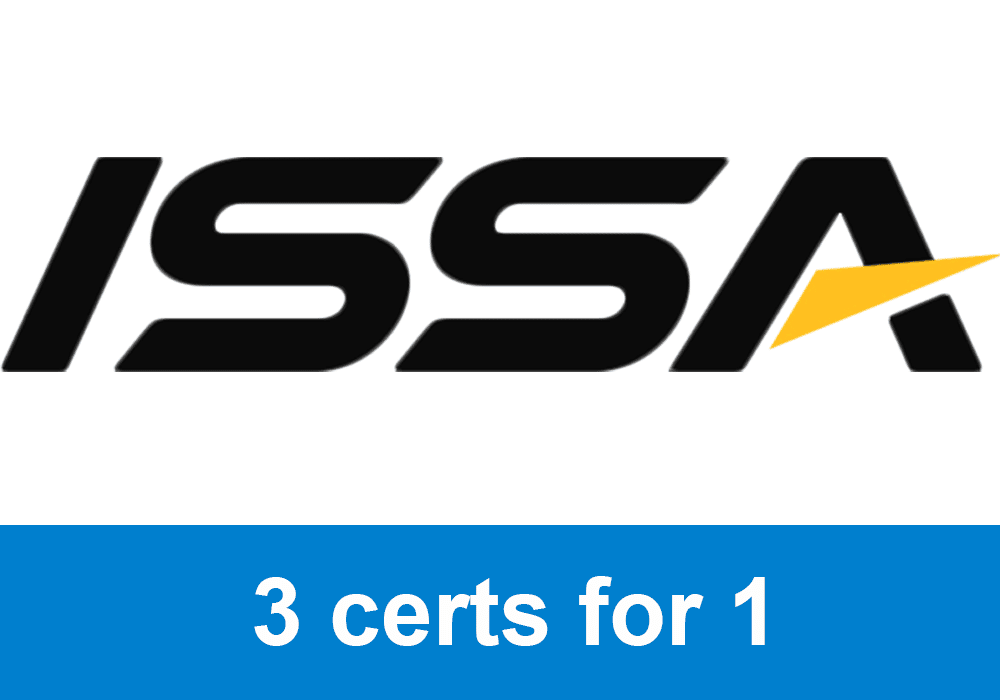 | Best Online NCCA Cert | Best Study Materials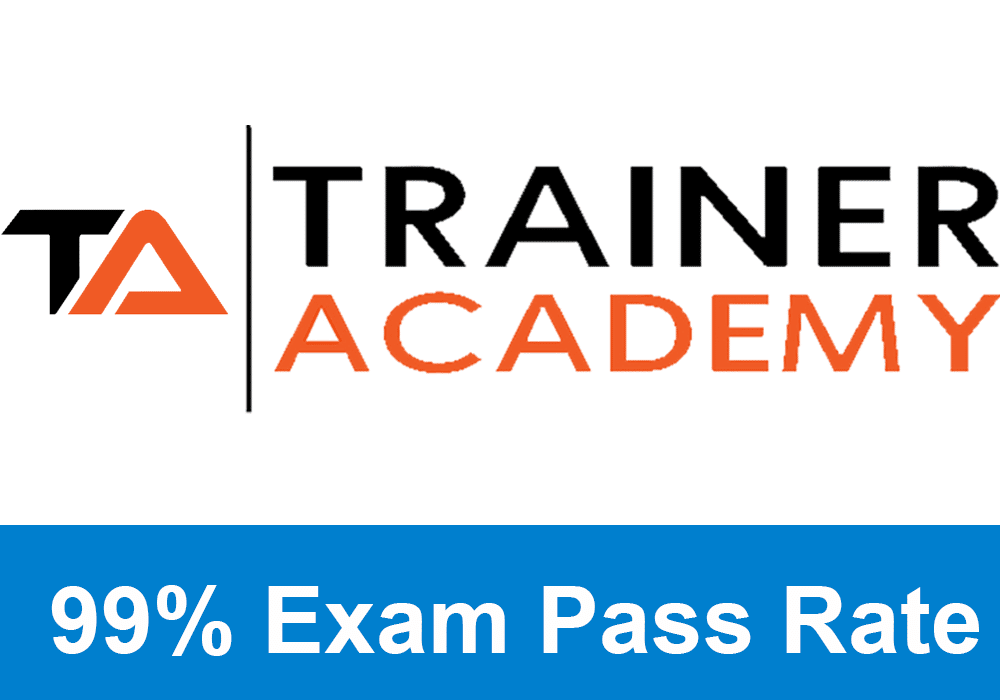 |
Gold Standard Cert | A Good Option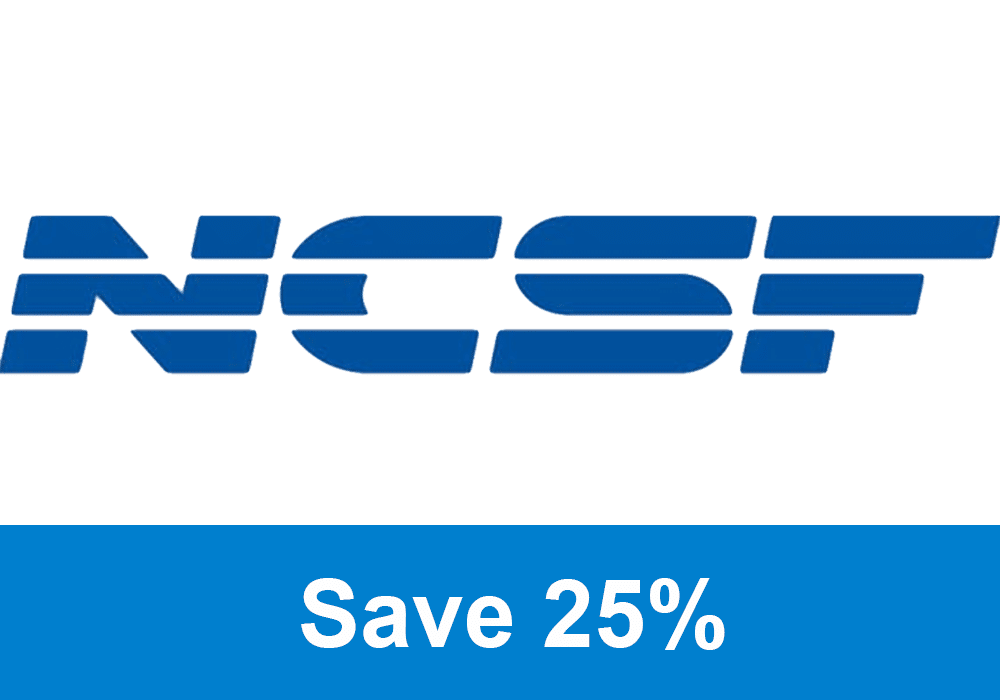 | Best CPT for you? 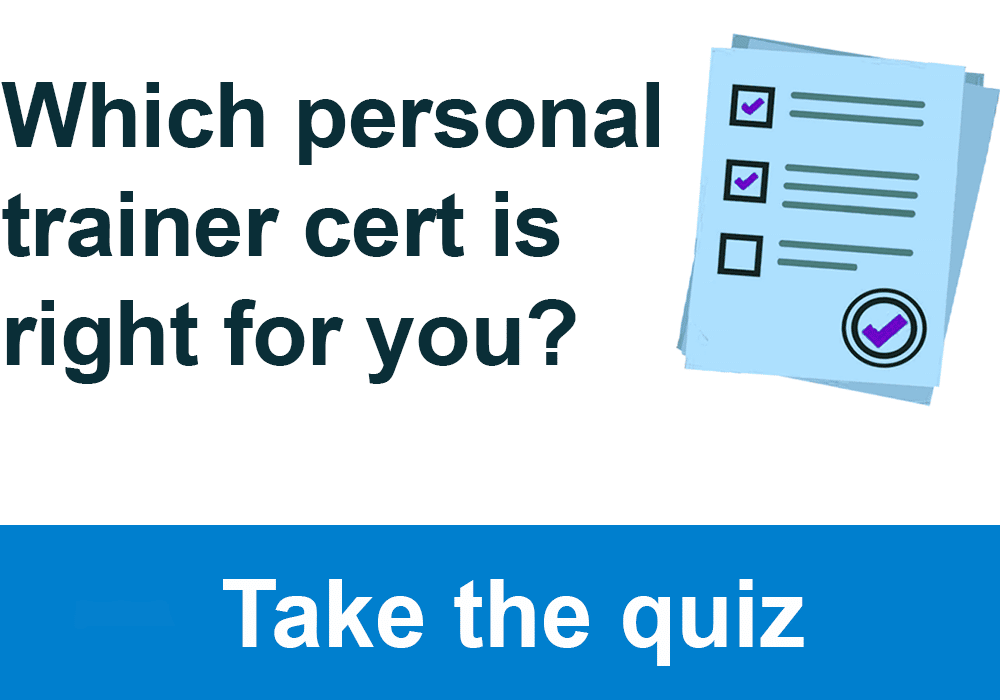 |
- Allows joint stabilization for prolonged periods of time with minimal fatigue
Stretching
- Static stretching, self-myofascial release (SMR), PNF, dynamic and ballistic stretching
Proximal stability (core activation)
- Help to promote lumbar spine stability by bettering the core musculature reflex function
- The innermost layer of core
- The vertebral discs/bones and ligaments of the spine on both the back and front of the spinal column
The three stages
- Core function
- Static balance
- Dynamic balance
The proximal stability (core function)
- The supine draw-in exercise (centering)
- The quadrupled draw-in exercise with the added movement of the extremities
Proximal mobility (thoracic spine and hips)
Helps to improve the mobility of both the joints that are adjacent to the lumbar spine
Helps in avoiding compensated or undesirable movement patterns
Monoarticulate: When muscle crosses one joint
Biarticulated: When a muscle crosses two joints
Different exercises:
Pelvic Tilts
- Modified dead bug + reverse knee marches, supine bent knee marches
Cat/camel
Mobility for hip flexors
- The half kneeling tri-planar stretch
- hip flexor stretch (lying)
Hamstring mobility exercises
- Lying hamstring stretch
Hip mobilization + glute activation
- Glue to bridge/shoulder bridge
- Supine 90/90 hip rotator stretch
T-spine (thoracic) mobilization exercises
- Spinal twists and spinal extension
Posterior mobilization
Exclusive PTP CPT Offers |
||
|---|---|---|
Most Popular Cert | Best Online NCCA Cert | Best Study Materials |
Gold Standard Cert | A Good Option | Best CPT for you?  |
- Rocking quadriceps
Proximal stability (around the shoulder)
For bettering the stability in the scapulothoracic area during pushing and pulling type movements
Glenohumeral joint mobility
Requirements for improving stability in the scapulothoracic area
- Thoracic mobility
- Extensibility of tissue by passive and active structures
- Self-myofascial release, posterior capsule stretches, inferior capsule stretch, superior capsule stretch, and anterior capsule stretch (for pecs).
- Healthy muscle functions of the rotator cuffs
- Good muscle balance in the periscapular muscles
- The ability to resist an upward gliding motion and impingement of the coracoacromial arch during shoulder movements
CKC (closed chain kinetic) movements
- The distal segment stays more fixed while moving
- Compress and load joints
- Increased proprioception and kinesthetic awareness
- Exercises:
- External and internal humeral rotation, shoulder packing, reverse flies with 90/90, diagonals, CKC weight shifts, prone arm lifts
Distal mobility
Static balance
The variables of training:
- 2 to 3 sessions per week
- Perform at the beginning of the routine
- One set of between two and four repetitions. Each for between five and 10 seconds
Training conditions:
- Narrow BOS
- Raise COG
- Shift LOG
- Sensory alteration
- Sensory removal
Dynamic balance
When one’s body needs to react to a changing surface
Standing patterns on one leg
Imbalance identification
Exercises
- Single leg static balance
- Single leg stands
The second phase: Movement training for ADLs
Valgus – This is an internal rotation between the tibia and femur where the knees move inward.
Bend and lift
The hip hinge
The alignment of the lower extremity
Figure 4 position
Single Leg
Half kneeling lunge rise
The lunge matrix and lunges
Pushing
Unilateral and bilateral pressing
Thoracic matrix
The overhead press
Pulling
Unilateral and bilateral rowing
Rotational exercises
Hay bailers
Wood shops
If you want additional study materials, check out the team over at Trainer Academy. They have incredible study materials for ACE And I have a special limited-time discount for my readers. I also suggest you check out my review on Trainer Academy here.

 Have a question?
Have a question? 



Can i crack ace cpt exam by reading your guide?????…….bcoz i can’t understand the language in books
Hey Patel,
My study guide and practice test for the ACE personal training exam is a good place to start but it definitely is not the best study guide or practice test out there. If you want to pass the final exam guaranteed, I highly suggest checking out the study materials from Trainer Academy. They will tell you exactly what you need to focus on in order to pass the exam.. https://traineracademy.org/ace/
Ace presents the material in the most esoteric way possible. if i didnt already have 2 years of college level anatomy and physiology classes under my belt, theres no way i could read through this book
Hey JB, I hope you passed your certification. I agree, starting out and learning all of the anatomy and physiology can be challenging and this can vary person-to-person.